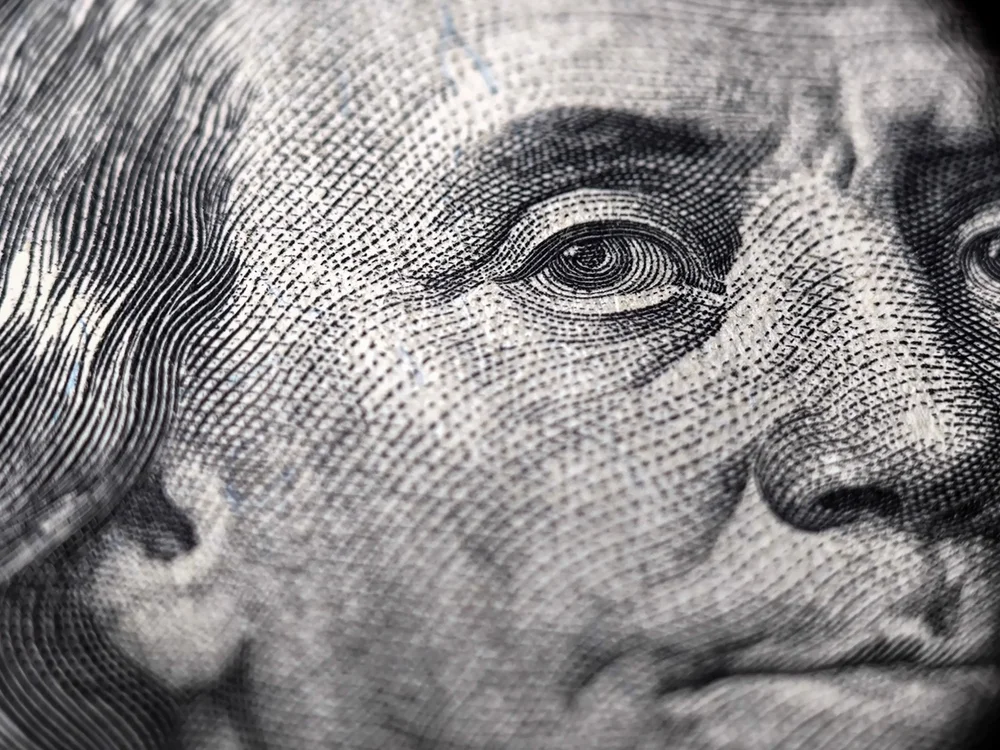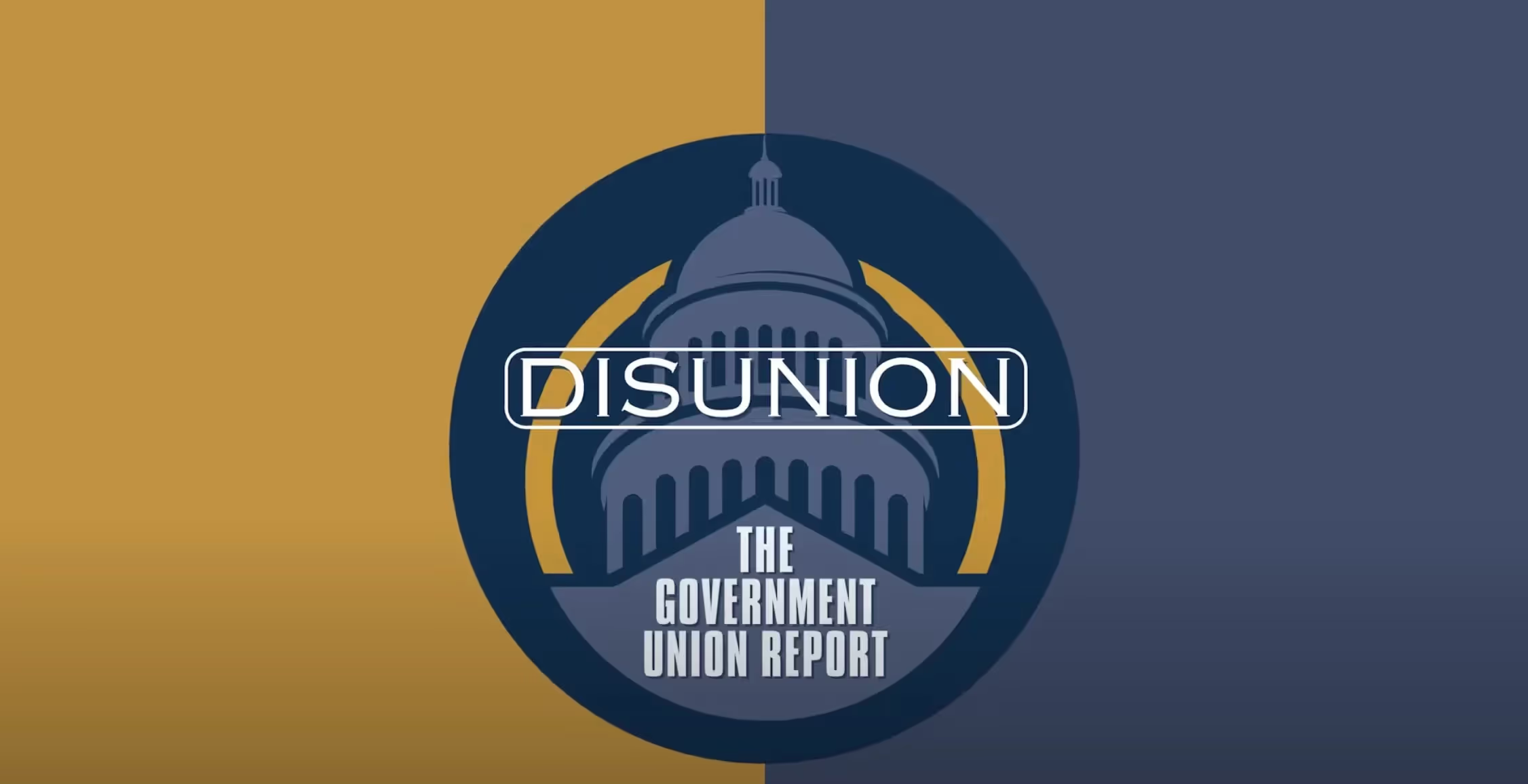
The Reign of the Greenback
The biggest challenge to the dollar's global stature is the American government's unsustainable debt.
In his provocative, erudite yet lively and enjoyable tour of the global monetary system, Our Dollar, Your Problem, Kenneth Rogoff tells us that there are more than 150 currencies in today’s world, but, of course, there is only one top, overwhelmingly dominant currency – the U.S. dollar. The dollar maintains its global dominance even though, for 54 years and counting, it has been and remains a pure paper currency, a “greenback,” which is not convertible at a par value into any precious metal, only another engraved piece of paper or an accounting entry on some bank’s books. Moreover, it suffers from endemic consumer price inflation and recurring asset price inflation.
Nonetheless, “the greenback rules the world today like no currency before it,” Rogoff observes. It surpasses “even the British pound sterling at its peak from the end of the Napoleonic Wars through World War I, when the sun never set on the British Empire,” and when, for 90 percent of those years, pounds were reliably convertible into gold coins.
In 1971, the United States, under President Nixon, defaulted on its Bretton-Woods commitment to redeem dollars held by foreign governments for gold. It thereby echoed the default on the Treasury’s gold bonds under President Roosevelt in the 1930s.
Rogoff gives us this counsel: “Let’s get one thing straight: It is simply not true that all U.S. government debt is “safe”— certainly not in real terms.” Of course, he is right. He continues, “policy studies and journal papers almost ubiquitously came to refer to U.S. government obligations as “safe” debt. This lazy language drives some of us crazy.” Including me. But this lazy language is handy marketing U.S. government debt across the country and around the world, and it really means “safer” relative to other competing currencies.
The anger of European governments at the 1971 U.S. default provided the occasion for then-Secretary of the Treasury John Connally’s memorable riposte, “The dollar is our currency but it’s your problem,” whence the title of this book. The dollar remains a problem for the rest of the world, primarily because it puts them at the mercy of the Federal Reserve and U.S. deficits; however, the dollar is also very useful to them.
Since Connally’s zinger, the dollar has depreciated by 87 percent in purchasing power, based on the Consumer Price Index, and in the same 54 years, the dollar has depreciated by 99 percent against gold. At the Bretton Woods parity of $35 per ounce, $1,000 would buy you more than 28 ounces of gold. Now it buys you little more than one-quarter of one ounce. Notwithstanding its depreciation, the greenback dollar and the accompanying Nixonian world monetary system reign supreme.
Rogoff considers both the historical and the structural reasons for this. Historically, the current system evolved from the state of the world at the end of World War II, a period marked by vast destruction. “The global economic supremacy of the United States after World War II was breathtaking,” he writes, “in 1950, the U.S. economy accounted for an astounding 36% of global GDP.” The financial dominance was even greater.
Along with that went military power. In the days of the dominant pound, the global power of the British Royal Navy went together with the financial power of the Bank of England. Likewise, as Rogoff observes, “Dollar dominance makes it easier to finance the military and, in particular, to fund sudden buildups.” I have long thought that buying U.S. debt by other countries, particularly Japan and Germany, and their taking big losses occasionally on those bonds, should be considered as paying in part for the defense umbrella America provided them. There is a “fundamental connection between military power and currency dominance,” Rogoff concludes. A key point.
Today’s currency dominance of the greenback continues the Bretton Woods dollar's previous dominance. “Thanks to network effects international currency usage is a natural monopoly,” Rogoff says. “Once a currency establishes itself in international transactions, the use of most other currencies falls by the wayside.” With the dollar’s “central role in the pricing of international goods and financial assets”; when “90% of all foreign exchange transactions involve the dollar”; with the U.S. economy still being the largest in the world and representing about 25% of global GDP; and with its having the biggest, deepest and most liquid financial markets, “which remain disproportionately large relative to U.S. income”; the network dominance is logical. But also required is that the Federal Reserve act as central bank to the dollar-using world, not just to the United States. Rogoff helpfully discusses how the Fed does this.
He addresses another essential factor in currency dominance: “Above all, the United States has an established rule of law that is more favorable to creditors than the laws of most countries.” At the same time, in a kind of balance, “For better or for worse, the entire structure of America’s system rewards risk-takers, perhaps because of more generous bankruptcy laws.” This is a striking point and overall is certainly for the better. Taking these institutional advantages together, Rogoff concludes, “It was not just a turn of world history that made the United States banker to the world but a set of legal institutions far better suited to being a banker country.”
But being on top once, even with network effects and institutional advantages, does not guarantee the “evolution of the system as the inevitable and only possible outcome,” Rogoff reflects. “The pound’s glory days as the global currency became a distant memory.” Will the global greenback similarly become a memory, or will it retain its dominance and its matching “exorbitant privilege” in international borrowing?
The book considers the challenges to U.S. currency dominance from the erstwhile Soviet Union, Japan, a united Europe, China, proposals for an international currency (which is not any national currency), and cryptocurrency. All of these deserve the subtle discussions Rogoff provides, but here are a few highlights. Then we will end with the biggest problem: “unsustainable government debt trajectories.”
“We now know that the Soviet Union’s economy was never going to catch up to the United States,” Rogoff says, but reminds us that in the 1961 edition of Nobel Prize-winner Paul Samuelson’s famous college economics textbook, “Samuelson argued that it would likely catch up…between 1984 and 1997.” Instead, in that period, the Soviet Union crumbled economically and collapsed.
Turning to Japan, “Memories fade,” Rogoff writes while reviving the memories, “but from the late 1970s to the early 1990s, there was a widespread view and fear that Japan would eventually overtake the United States.” No longer. Instead, Japan had a giant double bubble and bust in equities and real estate. “The view was that land prices would never go down,” but they fell 80%. Part of the story is that “the United States forced Japan to drastically appreciate the yen in the mid-1980s.” In one of the many personal anecdotes that make this book charming, Rogoff recalls becoming an investor in Japanese stocks in 1985. “Let’s just say that my Japanese stock purchase was a fantastic investment for several years and would have been amazing if I had pulled out in 1989 instead of 1996.”
(Other anecdotes include showing up in a “discount-rack electric-blue polyester suit” for his unsuccessful Rhodes Scholarship interview; feeling “as if I were in a James Bond movie” in an elegant meeting with the premier of China; having the finance minister of Lebanon tell him, “If the finance ministry were to announce tomorrow that Lebanon is going to change its fixed dollar exchange rate, I would be found floating face down in the Beirut River”; having debates with other distinguished economists; playing chess against an AI program; and finding it “futile” to disagree with the Fed chairman when that was “The Maestro.”)
The Euro was designed to be a competitor to the dollar and “is easily the most important alternative to the dollar,” Rogoff writes, but “remains largely a regional currency,” not a global competitor. Its main problem is “the lack of a strong fiscal authority” to match the extent of the currency—one might say, the lack of an Alexander Hamilton. But Rogoff hedges with “just as Europe surprised many economists by pulling off the single currency, it may surprise again.”
The Chinese renminbi “would appear to be a far more potent threat.” Like Japan before it, China had a long period of tremendous economic growth. Then it too inflated a giant real estate bubble – making GDP rise by building empty apartment buildings – and the bubble continues to deflate. Rogoff concludes that China’s long-term growth rate is slowing, that “it still trails in the rule of law, the depth and liquidity of financial markets, and the pricing of goods, [so] it is hard to see a scenario in which China’s currency is widely used in the West.” A final long-term weakness: although “Westerners…have long been stunned by the overall quality of Chinese bureaucrats,” now, "it is quite clear that political loyalty has become a bigger factor than merit.”
In Rogoff’s view, an international currency (going back to the one proposed by J.M. Keynes as an alternative to the Bretton Woods dollar) won’t work in the real world of powerful states, since it will lack the required political power. Cryptocurrencies will not prevail over the dollar for legal transactions, because governments will take over whatever monetary innovations may threaten them. These seem reasonable conclusions.
However, Rogoff sees a sustainable business for cryptocurrencies, perhaps especially for stablecoins, in “becoming the currency of choice for the underground economy.” Stablecoins are principally based on dollars, so they are part of the dollar’s global dominance. But they might serve “as a substitute for hundred-dollar bills [that are] so popular abroad,” and thus threaten a highly profitable business for the Federal Reserve. With interest rates at 4 percent, the approximately $1 trillion of U.S. currency circulating abroad creates profits of about $40 billion a year for the Fed.
We come to what Rogoff deems the “Achilles’ Heel” of the United States and the greenback: “The United States is running deficits at such a prolific rate that it is likely headed for trouble in almost any scenario.”
This reflects a profound change in government finance: “The idea of having governments borrow promiscuously in peacetime is relatively new.” In contrast, “In earlier times, the country bestowed with the dominant currency would use its privileged borrowing status mainly to finance wars,” while “in peacetime it typically ran surpluses.” But now borrowing happens at all times, notably to finance ongoing consumption, as well as wars and investments. This is a huge change. “It was during the twenty-first century,” Rogoff tells us, “that the United States’ fiscal profligacy really picked up a head of steam” as a bipartisan creation, with “much of the sharp rise [coming] from the bulge of old-age support payments.”
One must wonder, as Rogoff does, how long such borrowing can go on. As always, it is until the lenders are unwilling to buy more debt. If or when they are no longer willing, there are only four choices, all unpleasant, as Rogoff clearly explains: explicit default on the debt; cuts in net government expenses (so-called “austerity”); forcing the central bank to print money to buy the debt and so run up inflation; or the “financial repression” of heavy-handed controls—such as forcing banks to buy the government debt, driving down interest rates below the inflation rate to expropriate savers, imposing capital controls, and prohibiting people from owning gold. For U.S. debt, explicit default and cutting enough expenses seem unlikely; that leaves inflation and financial repression, which are implicit defaults.
Will unprecedented debt ultimately drive the U.S. government to pick among these bad alternatives, as it has before? It seems likely to me. If it does, would the greenback dollar nonetheless continue to dominate all the other currencies? I suppose it would, but the exorbitant privilege would have become significantly less exorbitant.
Rogoff’s book gives us plenty to ponder on this and many other monetary issues.
Alex J. Pollock is a senior fellow at the Mises Institute. He is the author of Finance and Philosophy—Why We’re Always Surprised and co-author of Surprised Again!
Economic Dynamism

The Causal Effect of News on Inflation Expectations
This paper studies the response of household inflation expectations to television news coverage of inflation.
.avif)
The Rise of Inflation Targeting
This paper discusses the interactions between politics and economic ideas leading to the adoption of inflation targeting in the United States.

Texas Stands on Commerce
Clear limits on shareholder resolutions have made Texas a model of business certainty — and business is flooding in.

America Needs Its Hidden Champions
From imaging systems to next-gen GPS, small and midsized manufacturers are quietly rebuilding America’s industrial and defense backbone.








.jpg)



.avif)




